Home>Gardening & Outdoor>Landscaping Ideas>When To Plant Grass In Georgia
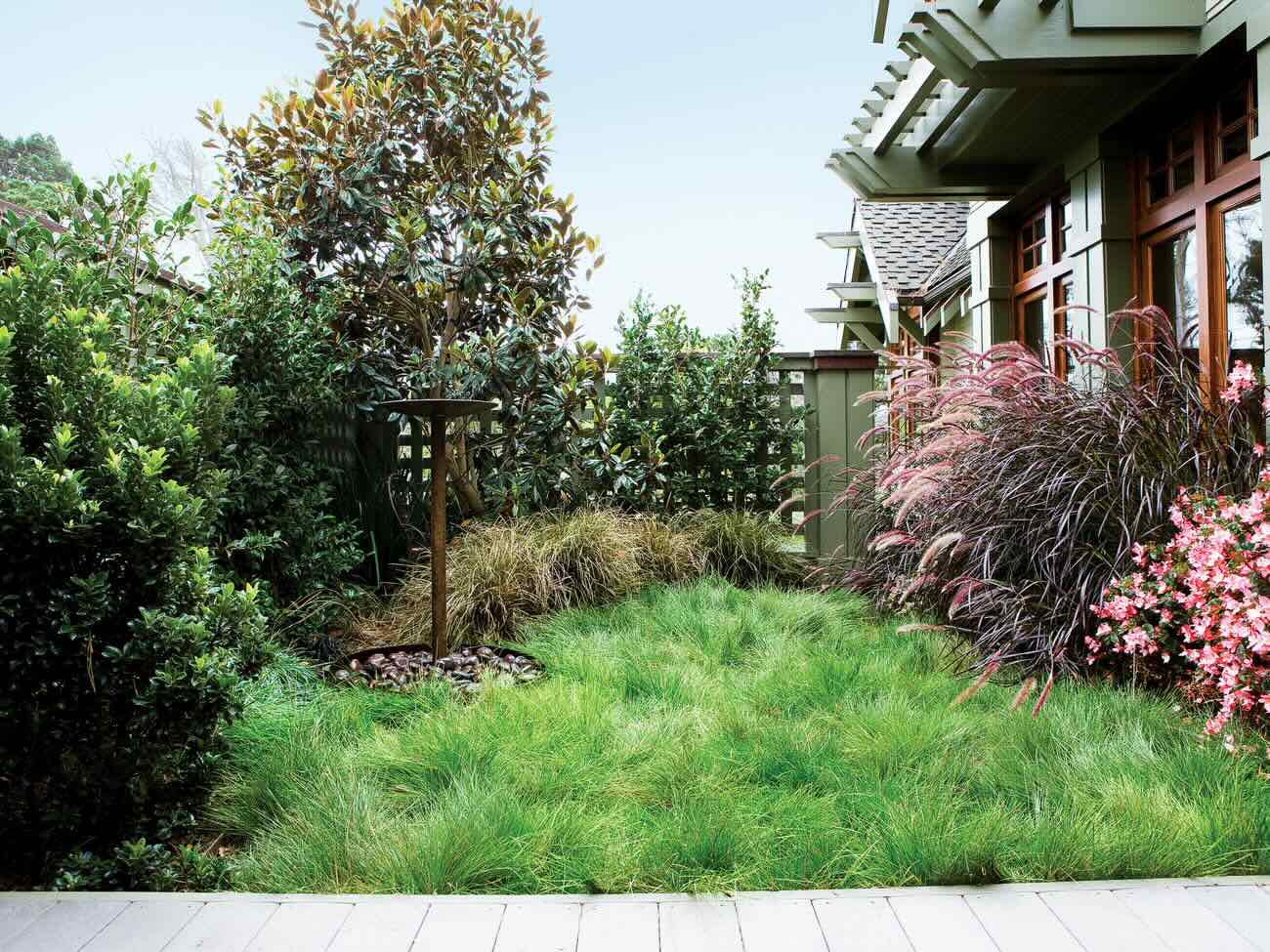

Landscaping Ideas
When To Plant Grass In Georgia
Modified: March 28, 2024
Discover the best time to plant grass in Georgia and get expert landscaping ideas to create a lush, thriving lawn. Learn the secrets to successful lawn care!
(Many of the links in this article redirect to a specific reviewed product. Your purchase of these products through affiliate links helps to generate commission for Storables.com, at no extra cost. Learn more)
Introduction
Understanding the Importance of Planting Grass in Georgia
Georgia's lush landscapes and diverse climates make it an ideal location for cultivating a vibrant and thriving lawn. Whether you're a seasoned homeowner or a novice gardener, the process of planting grass in Georgia requires careful consideration of the state's unique environmental factors. From the coastal plains to the mountainous regions, Georgia's varying terrains and climates present both opportunities and challenges for lawn maintenance. In this comprehensive guide, we will explore the best practices for planting and maintaining grass in Georgia, ensuring that your lawn flourishes throughout the year.
As we delve into the nuances of Georgia's climate and soil composition, we will uncover the most suitable grass varieties for the region. Additionally, we will discuss the optimal timing for planting grass and provide a step-by-step guide to help you achieve a healthy and verdant lawn. By adhering to these recommendations and implementing effective maintenance strategies, you can enjoy a picturesque and resilient lawn that enhances the beauty of your property.
Join us on this journey as we navigate the intricacies of landscaping in Georgia, empowering you with the knowledge and insights needed to create and sustain a stunning lawn that thrives in the state's dynamic environment.
Key Takeaways:
- Choose the Right Grass: Georgia’s diverse climate calls for specific grass types. Bermuda and Zoysia for hot, humid areas, Fescue for moderate climates, and Centipede for sandy soils in the south.
- Timing is Key: Plant warm-season grass like Bermuda and Zoysia in late spring, and cool-season grass like Fescue in early fall for successful growth in Georgia’s varying climate zones.
Read more: When To Plant Bermuda Grass In North Georgia
Understanding Georgia’s Climate
Georgia’s climate is characterized by its diverse range of temperature and precipitation patterns, influenced by both its geographical location and topographical variations. The state experiences a humid subtropical climate in most areas, with the exception of the mountainous regions in the northwest, where a more moderate climate prevails. The distinct climate zones within Georgia play a pivotal role in determining the most suitable grass species for optimal lawn growth.
Coastal regions in Georgia are subject to milder winters and higher humidity levels, while the interior and northern areas endure more pronounced seasonal variations, including occasional snowfall during winter. The state’s summers are typically hot and humid, creating favorable conditions for warm-season grasses to thrive.
Understanding the climate variations across Georgia is essential for selecting grass varieties that can withstand the specific environmental demands of each region. Factors such as temperature tolerance, water requirements, and resistance to pests and diseases must be carefully considered when choosing the most suitable grass for your lawn.
Moreover, the soil composition in Georgia varies widely, ranging from clayey soils in the Piedmont region to sandy soils in the coastal plains. These soil differences further influence the adaptability of grass species, underscoring the importance of selecting grass varieties that can flourish in the specific soil types prevalent in your area.
By gaining a deeper understanding of Georgia’s climate and its impact on grass growth, you can make informed decisions regarding the selection and maintenance of your lawn, ensuring that it remains resilient and visually appealing throughout the year.
Types of Grass Suitable for Georgia
When it comes to choosing the right grass for your Georgia lawn, it’s essential to consider the state’s diverse climate and soil conditions. Several grass species have proven to be well-suited for the varying environmental factors prevalent in Georgia, each offering unique advantages and adaptability to specific regions within the state.
1. Bermuda Grass
Bermuda grass is a popular choice for Georgia lawns due to its exceptional heat tolerance and ability to thrive in full sun. It flourishes in the state’s coastal plains and southern regions, where hot and humid summers are predominant. This warm-season grass exhibits rapid growth and robust resilience, making it an ideal option for homeowners seeking a lush and durable lawn.
2. Zoysia Grass
Zoysia grass is revered for its ability to withstand both heat and cold, making it well-suited for the varying climate zones across Georgia. Its dense growth pattern and tolerance to foot traffic make it an excellent choice for lawns in the Piedmont and coastal regions. Zoysia grass delivers a visually appealing, emerald-green lawn that remains vibrant throughout the year.
3. Fescue Grass
Fescue grass, specifically tall fescue, is a cool-season grass that thrives in the mountainous and northern areas of Georgia. Its ability to endure colder temperatures and resist drought makes it an attractive option for homeowners seeking a resilient and verdant lawn in regions characterized by more moderate climates.
4. Centipede Grass
Centipede grass is well-suited for the acidic, sandy soils prevalent in the coastal plains of Georgia. Its low maintenance requirements and natural resistance to common lawn pests and diseases make it a popular choice for homeowners seeking a visually appealing and low-maintenance lawn in the southern regions of the state.
By understanding the unique characteristics and adaptability of these grass species, homeowners can make informed decisions regarding the most suitable grass for their specific region within Georgia. Selecting the right grass type is instrumental in establishing a resilient and visually captivating lawn that thrives in the state’s dynamic climate.
Best Time to Plant Grass in Georgia
Choosing the optimal time to plant grass in Georgia is crucial for ensuring successful establishment and long-term viability. The state’s diverse climate zones necessitate careful consideration of the most favorable timing for planting different grass species, taking into account temperature fluctuations and seasonal variations.
Warm-Season Grasses
For warm-season grasses such as Bermuda grass and Zoysia grass, the ideal time for planting in Georgia is during late spring or early summer. This timeframe aligns with the onset of warmer temperatures and provides the grass with ample time to establish robust root systems before the peak of summer heat. Planting warm-season grasses during this period promotes rapid germination and vigorous growth, setting the stage for a lush and resilient lawn throughout the summer months.
Read more: When To Plant Wildflower Seeds In Georgia
Cool-Season Grasses
Conversely, cool-season grasses like Fescue grass are best planted in Georgia during the early fall. The milder temperatures and increased moisture levels during this season create favorable conditions for the germination and establishment of cool-season grasses. By planting in early fall, the grass has sufficient time to develop strong root systems before the arrival of winter, ensuring enhanced cold tolerance and overall resilience.
It’s important to note that the timing of grass planting may vary slightly based on the specific climate and region within Georgia. Coastal areas and mountainous regions may experience microclimatic variations that warrant adjustments to the recommended planting schedules. Consulting with local horticultural experts or extension services can provide valuable insights tailored to your specific geographic location.
By aligning the planting of grass with the optimal seasonal conditions, homeowners in Georgia can maximize the likelihood of successful establishment and long-term vitality for their lawns. Whether cultivating warm-season or cool-season grasses, strategic timing plays a pivotal role in nurturing a healthy and vibrant lawn that thrives in Georgia’s dynamic climate.
Steps for Planting Grass in Georgia
Planting grass in Georgia requires a systematic approach to ensure successful establishment and long-term vitality. By following a series of essential steps, homeowners can create an optimal environment for grass growth, facilitating robust root development and lush, resilient lawns that thrive in the state’s dynamic climate.
1. Soil Preparation
Begin by preparing the soil to create an ideal foundation for grass growth. Remove any debris, rocks, or existing vegetation from the planting area. Loosen the soil to a depth of 4-6 inches to promote healthy root penetration and adequate water absorption.
2. Soil Testing and Amendment
Conduct a soil test to assess the pH levels and nutrient composition of the soil. Based on the results, amend the soil as needed to optimize its fertility and pH balance. Incorporating organic matter, such as compost or well-decomposed manure, can enhance soil structure and nutrient availability for the growing grass.
Read more: When To Seed Bermuda Grass In Georgia
3. Selecting Quality Grass Seed or Sod
Choose high-quality grass seed or sod that is well-suited for the specific climate and soil conditions in your region of Georgia. Selecting the right grass variety is instrumental in ensuring successful establishment and long-term resilience for your lawn.
4. Seeding or Laying Sod
Depending on the chosen grass type, either sow the grass seed evenly across the prepared soil or lay sod in a staggered pattern, ensuring close contact between the sod pieces. Properly water the seeded or sodded area immediately after planting to initiate the germination process or facilitate the establishment of the sod roots.
5. Watering and Initial Care
Consistent and adequate watering is essential for the initial growth stages of the newly planted grass. Keep the soil consistently moist, but not waterlogged, to support healthy root development. Monitor the moisture levels and adjust the watering frequency based on environmental conditions.
6. Fertilization and Maintenance
Apply a balanced fertilizer as recommended for the specific grass type and stage of growth. Follow proper mowing practices, ensuring the grass remains at an optimal height to promote healthy growth and discourage weed infestation. Regular maintenance, including aeration and overseeding as needed, contributes to the long-term vitality of the lawn.
By diligently following these steps for planting and nurturing grass in Georgia, homeowners can establish a resilient and visually appealing lawn that thrives in the state’s diverse climate and soil conditions. Attention to soil preparation, proper selection of grass varieties, and meticulous care during the initial growth stages are instrumental in fostering a healthy and vibrant lawn that enhances the beauty of any property in Georgia.
Maintenance Tips for a Healthy Lawn in Georgia
Maintaining a lush and vibrant lawn in Georgia requires ongoing care and attention to ensure optimal growth and resilience in the face of the state’s diverse climate and environmental factors. By implementing strategic maintenance practices, homeowners can nurture a healthy lawn that remains visually appealing and robust throughout the year.
1. Proper Watering
Water the lawn deeply and infrequently to encourage deep root growth and drought tolerance. In Georgia’s varying climate zones, adjusting the watering schedule based on seasonal rainfall and temperature fluctuations is essential for sustaining a healthy lawn. Utilize irrigation systems or sprinklers to ensure even water distribution across the entire lawn area.
2. Fertilization Schedule
Adhere to a regular fertilization schedule tailored to the specific grass type and regional climate. Apply a balanced fertilizer at the recommended intervals to provide essential nutrients that promote healthy growth and vibrant color. Avoid over-fertilization, as this can lead to excessive foliage growth and potential susceptibility to pests and diseases.
3. Mowing Practices
Maintain the grass at an optimal mowing height based on the specific grass variety. Avoid cutting more than one-third of the grass blade length in a single mowing session to prevent stress and promote healthy regrowth. Sharp mower blades are essential for clean cuts that minimize the risk of disease and maintain the overall health of the lawn.
Read more: When To Seed Bermuda In Georgia
4. Weed Control
Implement proactive weed control measures to prevent the proliferation of invasive species that can detract from the health and aesthetics of the lawn. Utilize targeted herbicides or manual removal techniques to address weed infestations while minimizing the impact on desirable grass species.
5. Aeration and Overseeding
Periodically aerate the lawn to alleviate soil compaction and enhance root development. Overseeding in the fall can rejuvenate the lawn, filling in sparse areas and promoting a denser, more resilient turf. These practices contribute to improved air and water circulation within the soil, fostering optimal conditions for grass growth.
6. Pest and Disease Management
Monitor the lawn for signs of pest infestations and diseases, promptly addressing any issues to prevent widespread damage. Utilize targeted pest control methods and disease-resistant grass varieties to mitigate potential threats and maintain the overall health of the lawn.
By integrating these maintenance tips into your lawn care regimen, you can cultivate a healthy and visually stunning lawn that thrives in Georgia’s dynamic climate. Strategic watering, fertilization, mowing, and proactive pest management are instrumental in nurturing a resilient and vibrant lawn that enhances the beauty of your property throughout the year.
Conclusion
Cultivating and maintaining a thriving lawn in Georgia is a rewarding endeavor that requires a deep understanding of the state’s diverse climate, soil composition, and grass species. By embracing the unique environmental factors that characterize Georgia’s landscapes, homeowners can implement tailored strategies to establish and nurture a healthy, visually appealing lawn that enhances the beauty of their properties.
From the coastal plains to the mountainous regions, Georgia’s varied climate zones demand careful consideration when selecting and planting grass species. Warm-season grasses such as Bermuda grass and Zoysia grass thrive in the state’s hot and humid summers, while cool-season grasses like Fescue grass are well-suited for the more moderate climates of the northern and mountainous areas. By choosing the right grass type and adhering to strategic planting schedules, homeowners can set the stage for successful lawn establishment and long-term vitality.
Maintaining a healthy lawn in Georgia necessitates ongoing care and attention, encompassing proper watering, fertilization, mowing practices, and proactive pest and disease management. By following a comprehensive maintenance regimen tailored to the specific needs of the grass species and regional climate, homeowners can ensure that their lawns remain resilient and visually captivating throughout the year.
As we’ve explored the nuances of landscaping in Georgia, it’s evident that the state’s dynamic climate and diverse terrains present both opportunities and challenges for homeowners seeking to create and sustain a stunning lawn. By integrating the insights and best practices outlined in this guide, you can embark on a journey to cultivate a vibrant and healthy lawn that thrives amidst Georgia’s unique environmental tapestry.
Ultimately, the careful selection of grass varieties, strategic planting, and meticulous maintenance efforts culminate in the creation of a resilient and visually stunning lawn that not only enhances the aesthetic appeal of your property but also enriches your outdoor living experience in Georgia.
With a deep appreciation for Georgia’s natural beauty and a commitment to sustainable lawn care practices, you can enjoy the gratifying results of a healthy and vibrant lawn that flourishes in harmony with the state’s dynamic climate and landscapes.
Frequently Asked Questions about When To Plant Grass In Georgia
Was this page helpful?
At Storables.com, we guarantee accurate and reliable information. Our content, validated by Expert Board Contributors, is crafted following stringent Editorial Policies. We're committed to providing you with well-researched, expert-backed insights for all your informational needs.
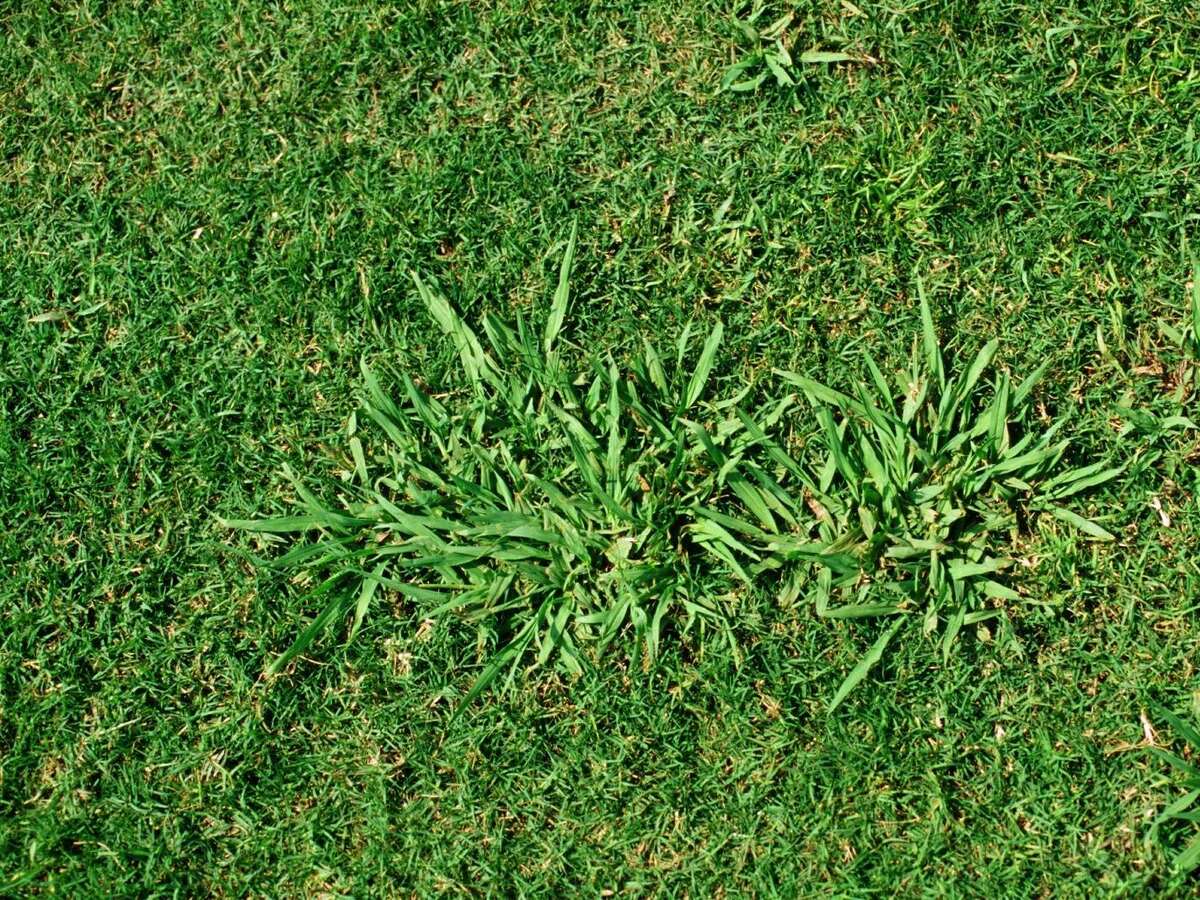
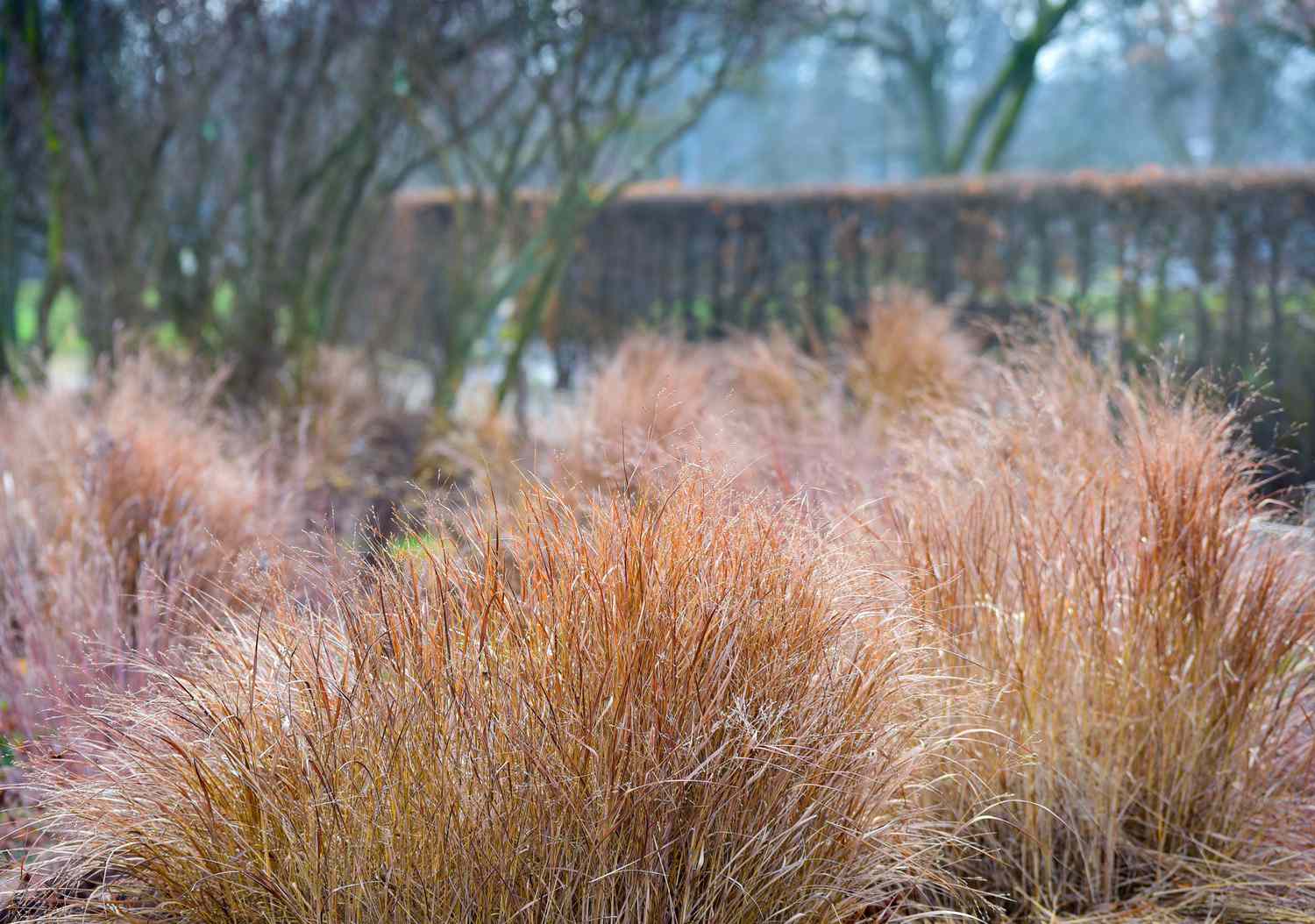
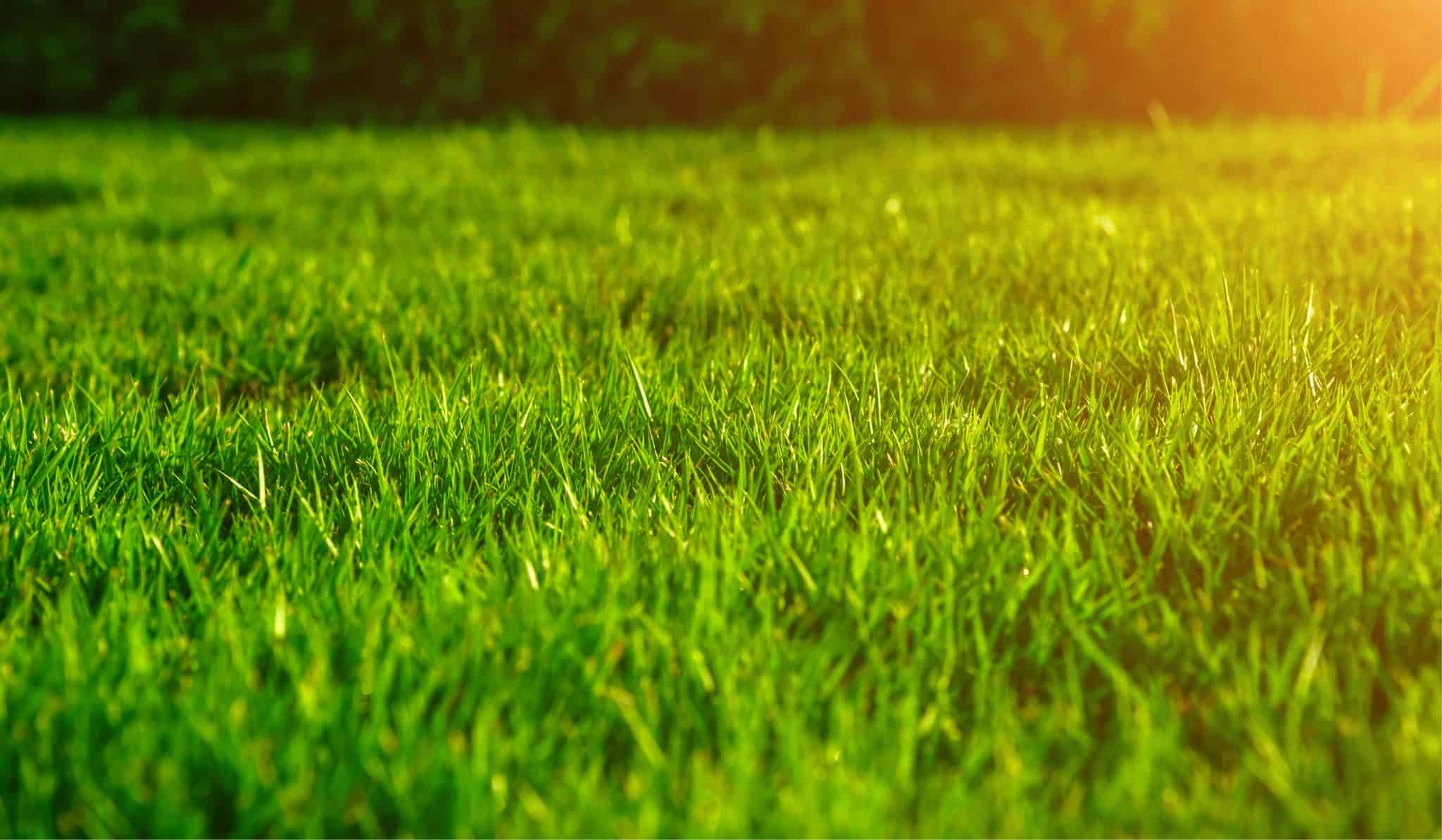
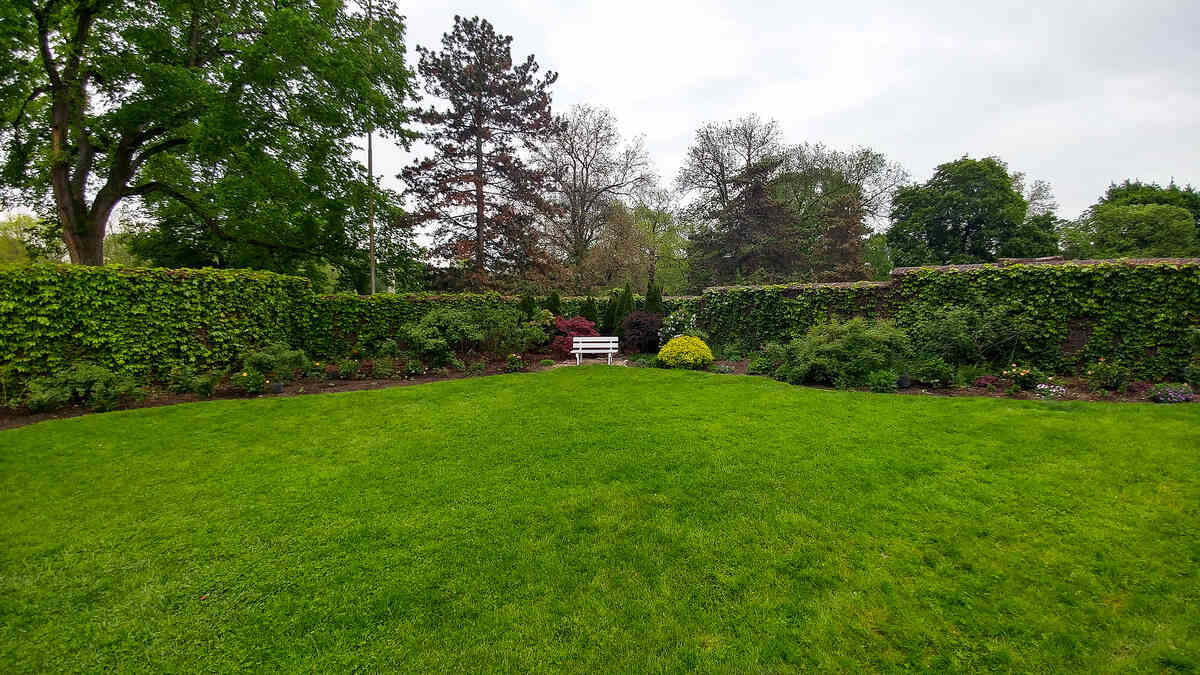
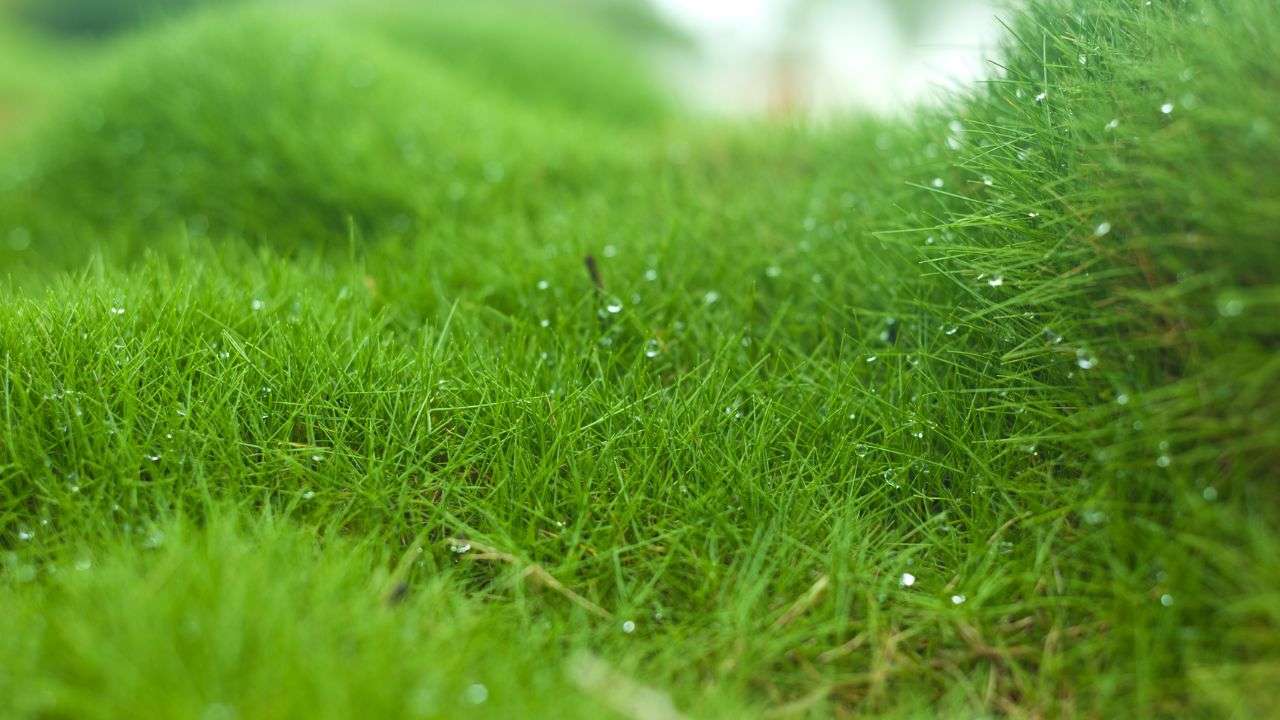
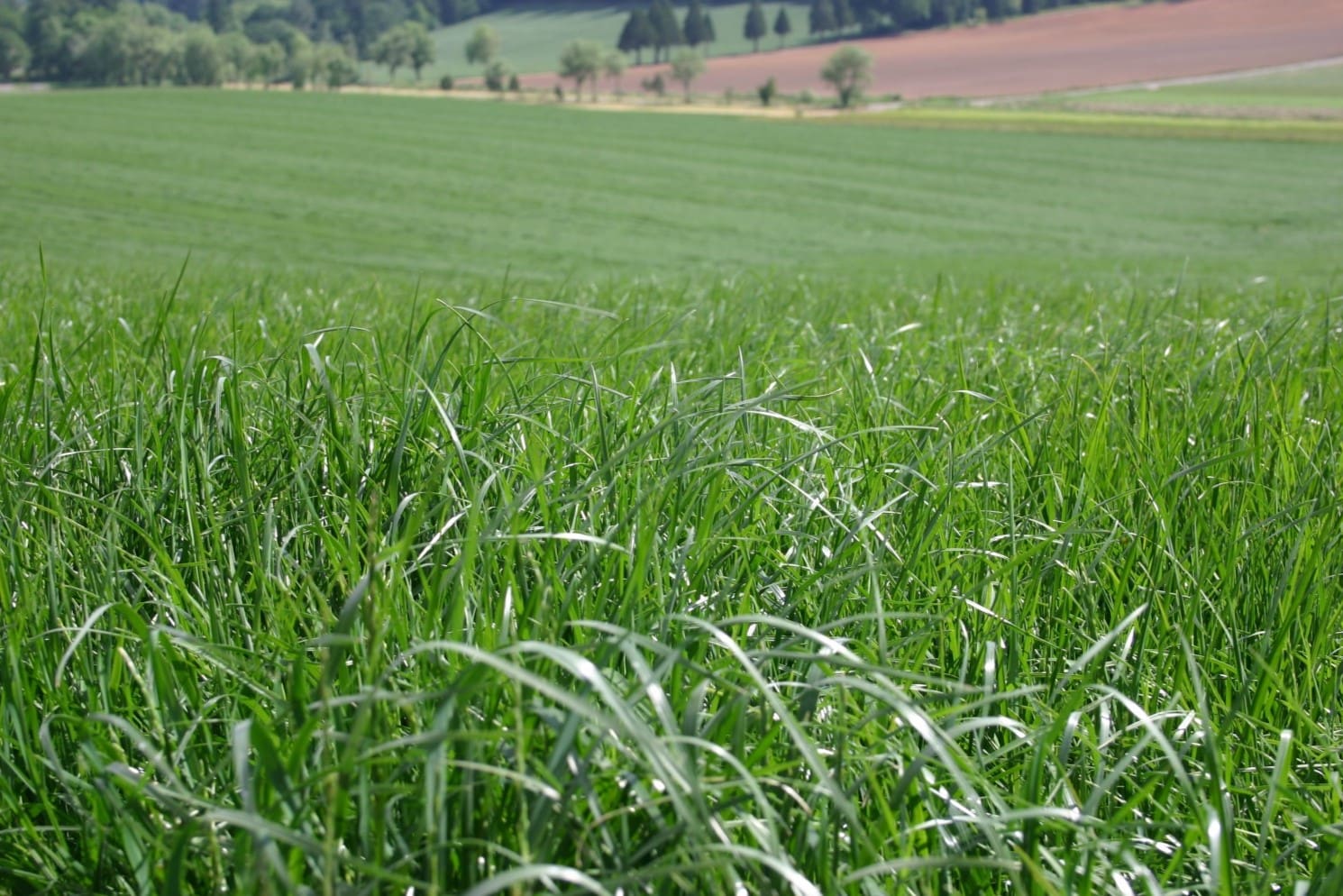
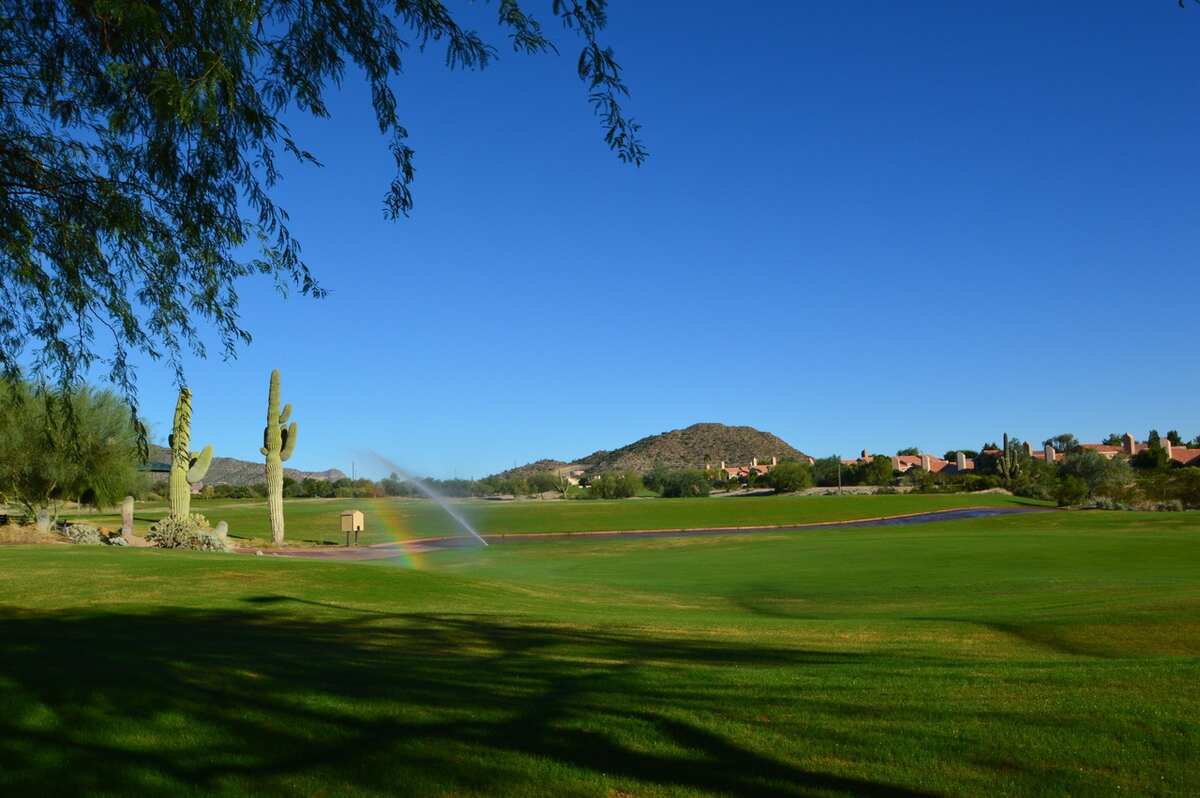


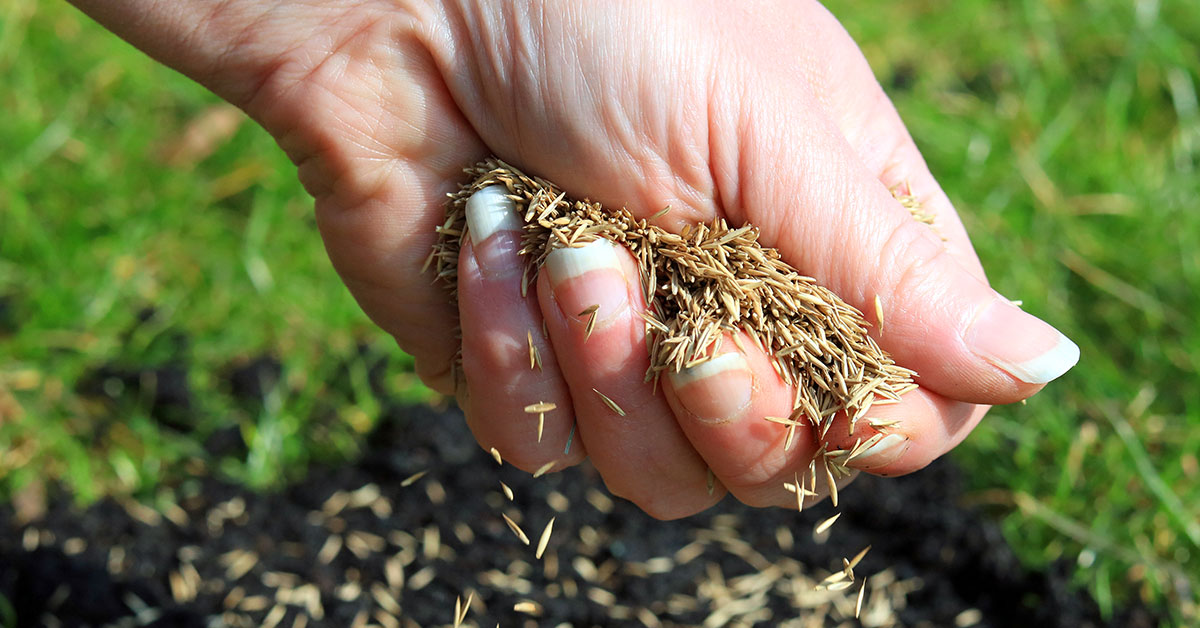

0 thoughts on “When To Plant Grass In Georgia”